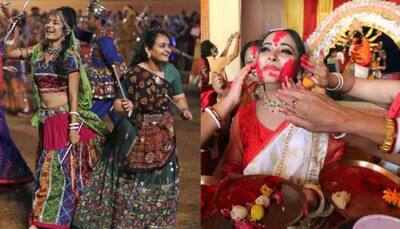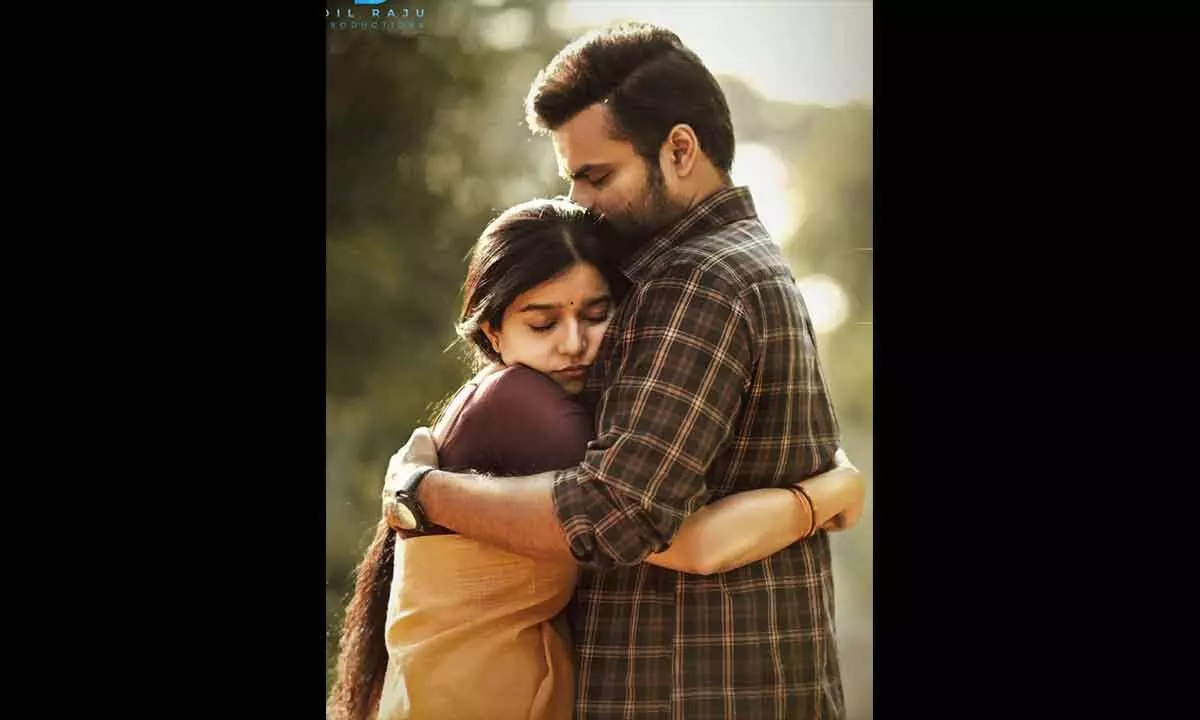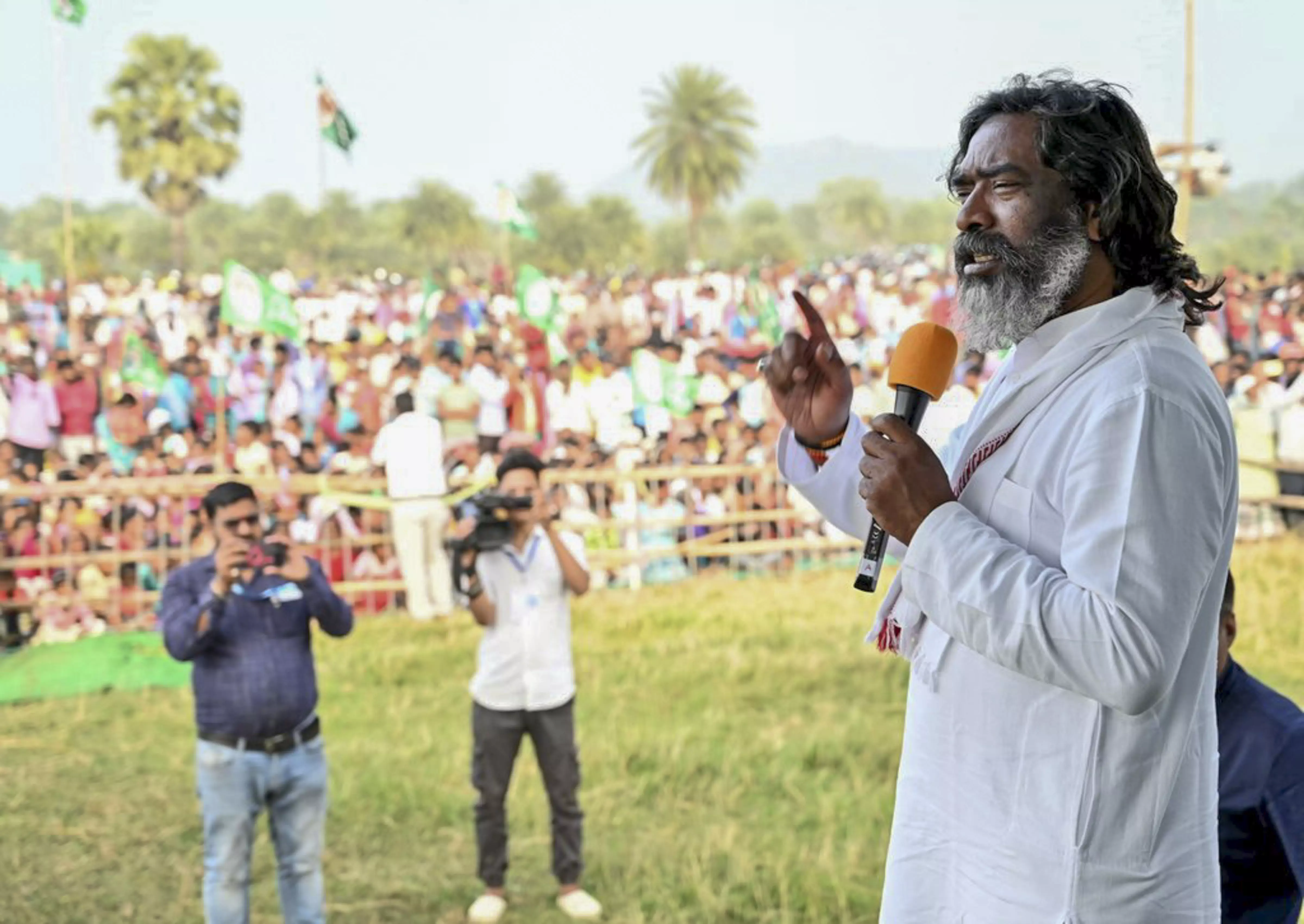Though both Navratri and Durga Puja are celebrations of the divine feminine and the power of Goddess Durga, they differ significantly in their regional importance, rituals, and cultural expressions. Navratri emphasizes personal devotion and fasting, spread across nine days with a focus on the goddess in her various forms, while Durga Puja is a grand, communal celebration that highlights her role as a motherly figure returning to her people. Navratri and Durga Puja are two of the most important festivals celebrated in India, both dedicated to the worship of Goddess Durga.
Although they occur around the same time of the year and share a common deity, they are distinct in their cultural practices, regional significance, and rituals. Understanding these key differences provides insight into the rich diversity of India's spiritual traditions. Let’s explore how Navratri and Durga Puja differ in their essence, observances, and significance.
Regional Importance Navratri is celebrated across India with varying rituals and practices. It is especially significant in states like Gujarat, Maharashtra, Karnataka, and Tamil Nadu, where it is observed with great devotion. In Gujarat, the festival is marked by vibrant Garba and Dandiya Raas dances, while in South India, people set up “Golu” (doll displays) and hold prayers.
Durga Puja, on the other hand, is primarily celebrated in West Bengal, Odisha, Assam, and Tripura. While Durga is worshipped across India, the grandeur and cultural .


















